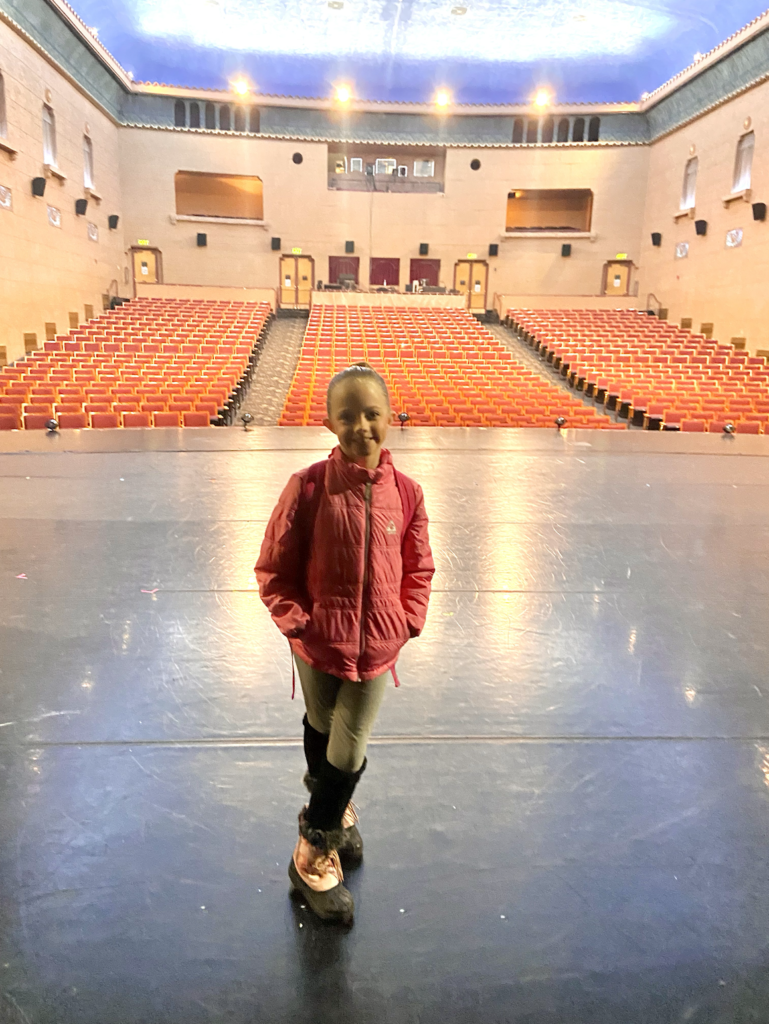Musical Discoveries: Arvo Pärt & Amy Beach

I love learning about composers and discovering new music – whether it’s actually new or just new to me. As a pianist and musician I don’t think there is anything more motivating and inspiring than listening to great music. In college I had a piano literature professor who assigned us a huge semester-long listening project in which I spent hours listening to piano literature, writing about it and compiling huge binders full of my listening responses. This really sparked an interest in me in listening and in discovering new pieces and new composers, and I have enjoyed doing so ever since.
Often I will find a great piano piece in my listening that just drives me to find the sheet music and sit down and play the piece. As I have seen this motivation in my own playing, I see it in my piano students as well. When we discover a piece on our own that we love, we are much more motivated to practice it. There is more joy, more intrinsic motivation that propels us to learn a piece. This is why I am so passionate about encouraging piano teachers to implement listening into their students’ piano curriculum. There is nothing more motivating! If we have no appreciation for music, no love of listening and discovering pieces, where is our motivation to practice?
I want to start sharing little discoveries from my own listening in the hopes that I can help inspire others to explore the vast and amazing world of classical music. Most of these I find browsing through Apple Music (isn’t music streaming the best??). Other times I will read about a composer I am unfamiliar with and go searching out their music.
Today I want to share two works by two seemingly unrelated composers – living Estonian composer Arvo Pärt and American composer Amy Beach.

Arvo Pärt’s Summa for Strings
I have been listening to a lot of Arvo Pärt’s music lately – his music has such an ethereal, calming quality to it. Composed in 1977, his Summa (originally written as an a cappella vocal work based on the Latin Credo, then later scored for other instruments such as this version for strings) was composed using a compositional style that Pärt created called tintinnabulation. Inspired by chant music from the Medieval period, tintinnabuli is characterized by music in two voices where one voice moves in a stepwise motion and the other voice plays inversions of the tonic chord, creating a bell-like sound made up of a sonorous mass of overtones.
Pärt described tintinnabuli in this way:
Tintinnabulation is an area I sometimes wander into when I am searching for answers – in my life, my music, my work. In my dark hours, I have the certain feeling that everything outside this one thing has no meaning. The complex and many-faceted only confuses me, and I must search for unity. What is it, this one thing, and how do I find my way to it? Traces of this perfect thing appear in many guises – and everything that is unimportant falls away. Tintinnabulation is like this. . . . The three notes of a triad are like bells. And that is why I call it tintinnabulation.
-Arvo Pärt
Take a listen!
Amy Beach’s Quartet for Strings in One Movement, Op. 89
As I listened to Summa I couldn’t help but hear so many similarities to this Amy Beach string quartet. Beach was an incredibly gifted pianist and composer who really paved the way for women in America to be taken seriously as composers. Beach completed her Quartet for Strings in One Movement in 1929. This highly chromatic work is lyrical and haunting and has so many gorgeous moments, and even hints of impressionism. Beach was also inspired by folk tunes of Native Americans, Alaskan Inuits and other native cultures; some of this quartet was based off of Alaskan Inuit melodies.
Take a listen to this gorgeous quartet – and notice around the two-minute mark how similar it is to Arvo Pärt’s Summa – such similar harmonies and intervals!
This piece by Amy Beach is featured in my Shades of Sound: Women Composers coloring book! Learn more about her life, then listen to several of her works while coloring a picture to go with each. The book also features 18 other women composers from throughout history.
Happy listening!


 Previous Post
Previous Post



















